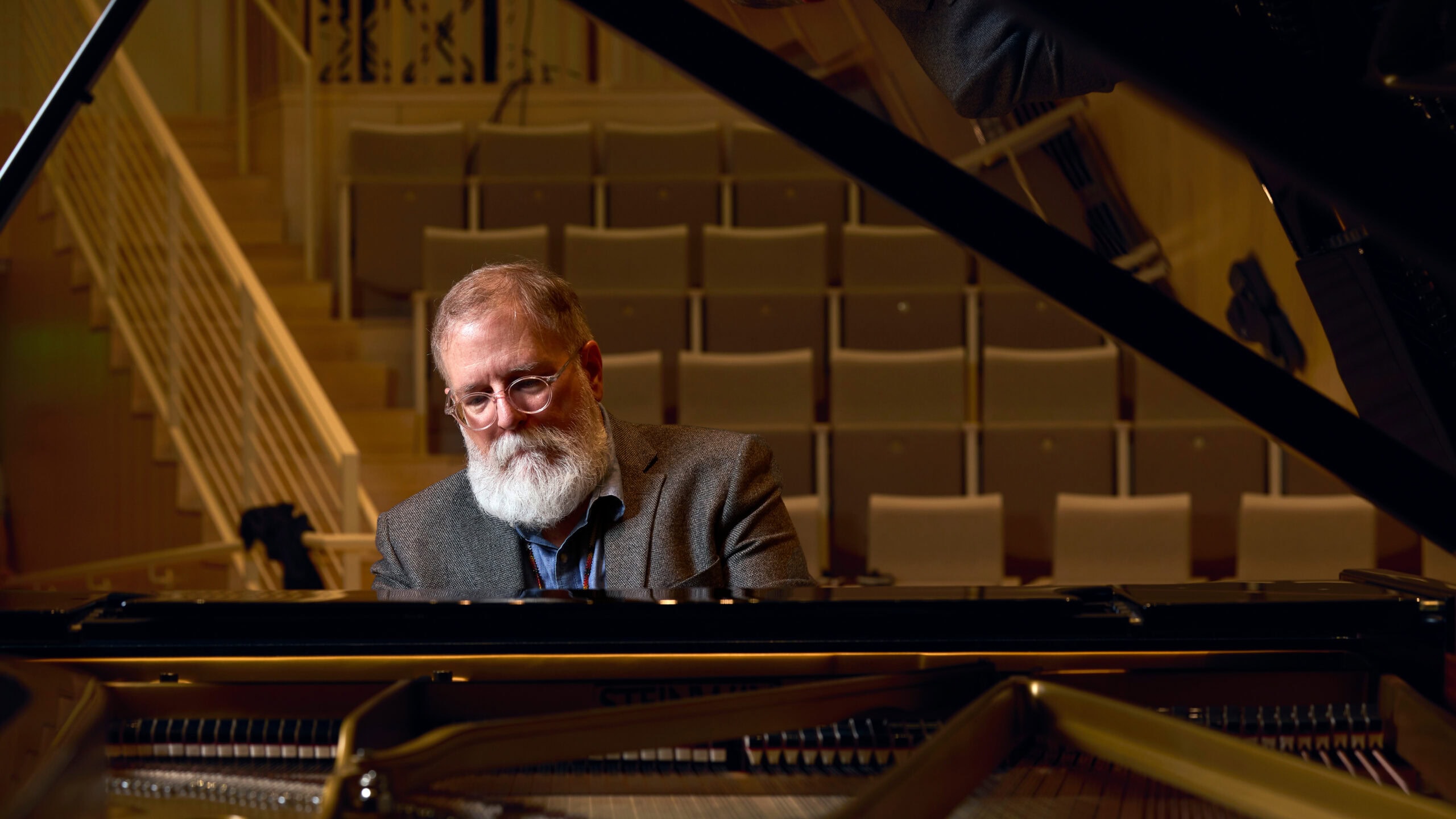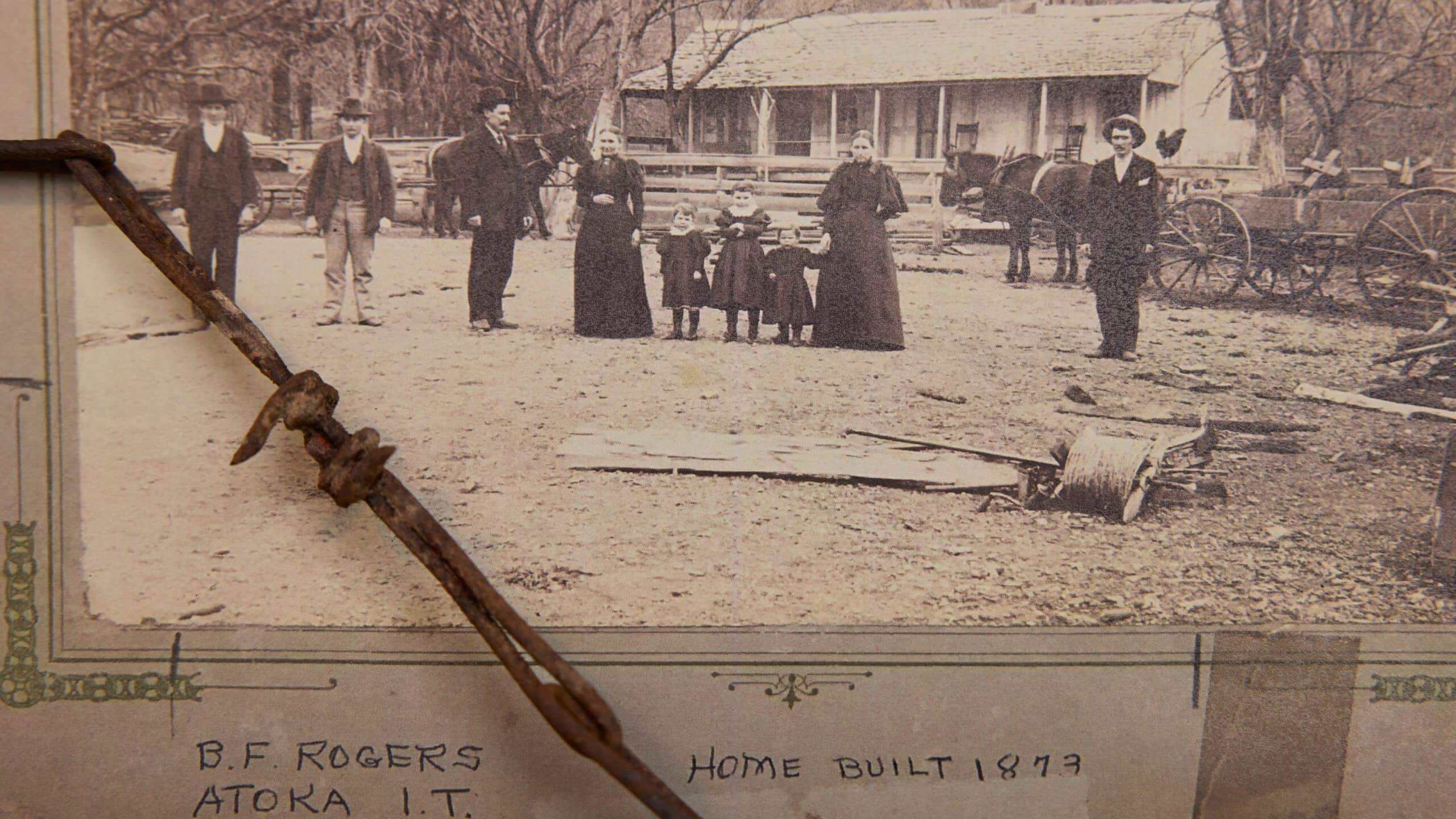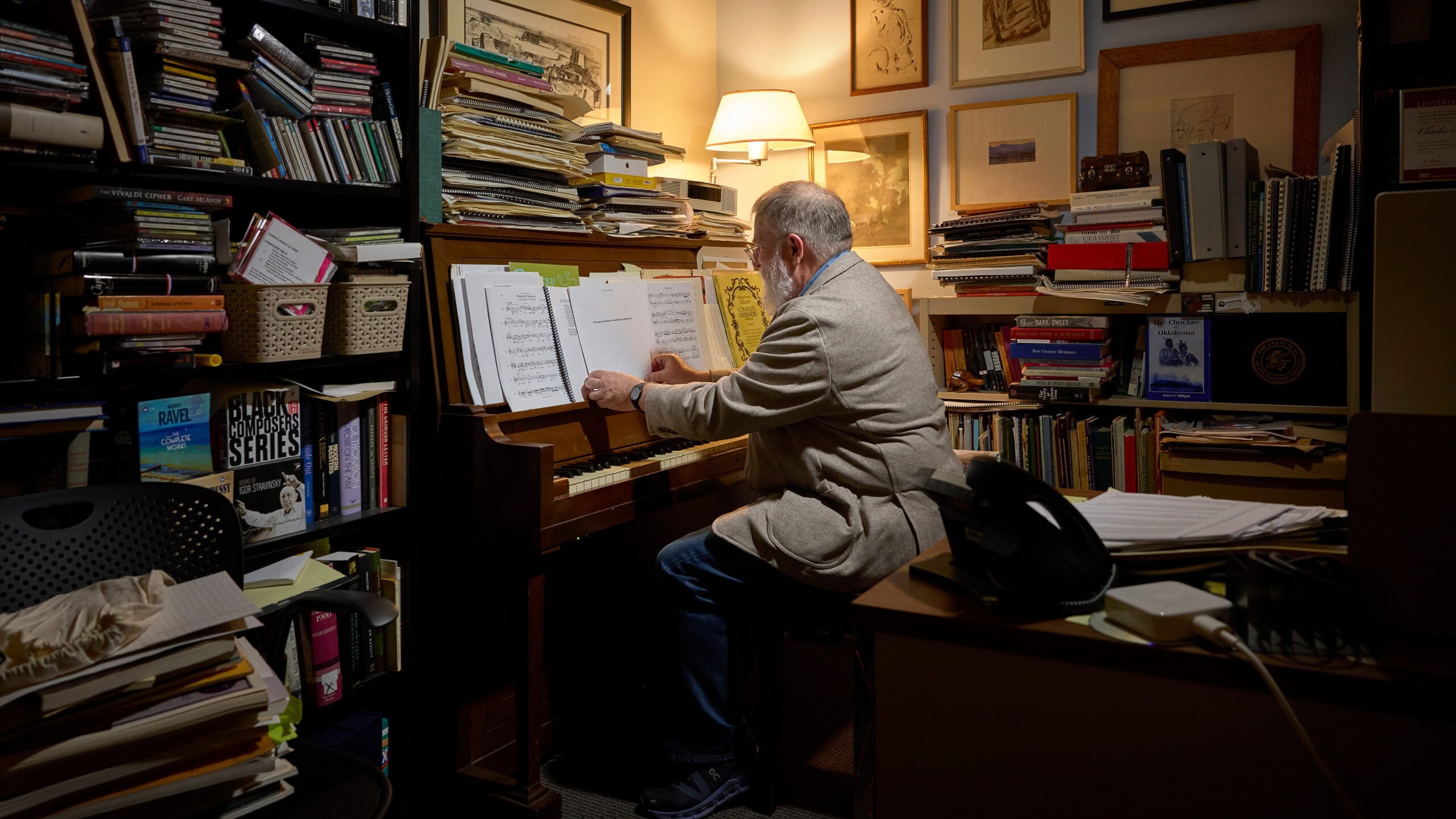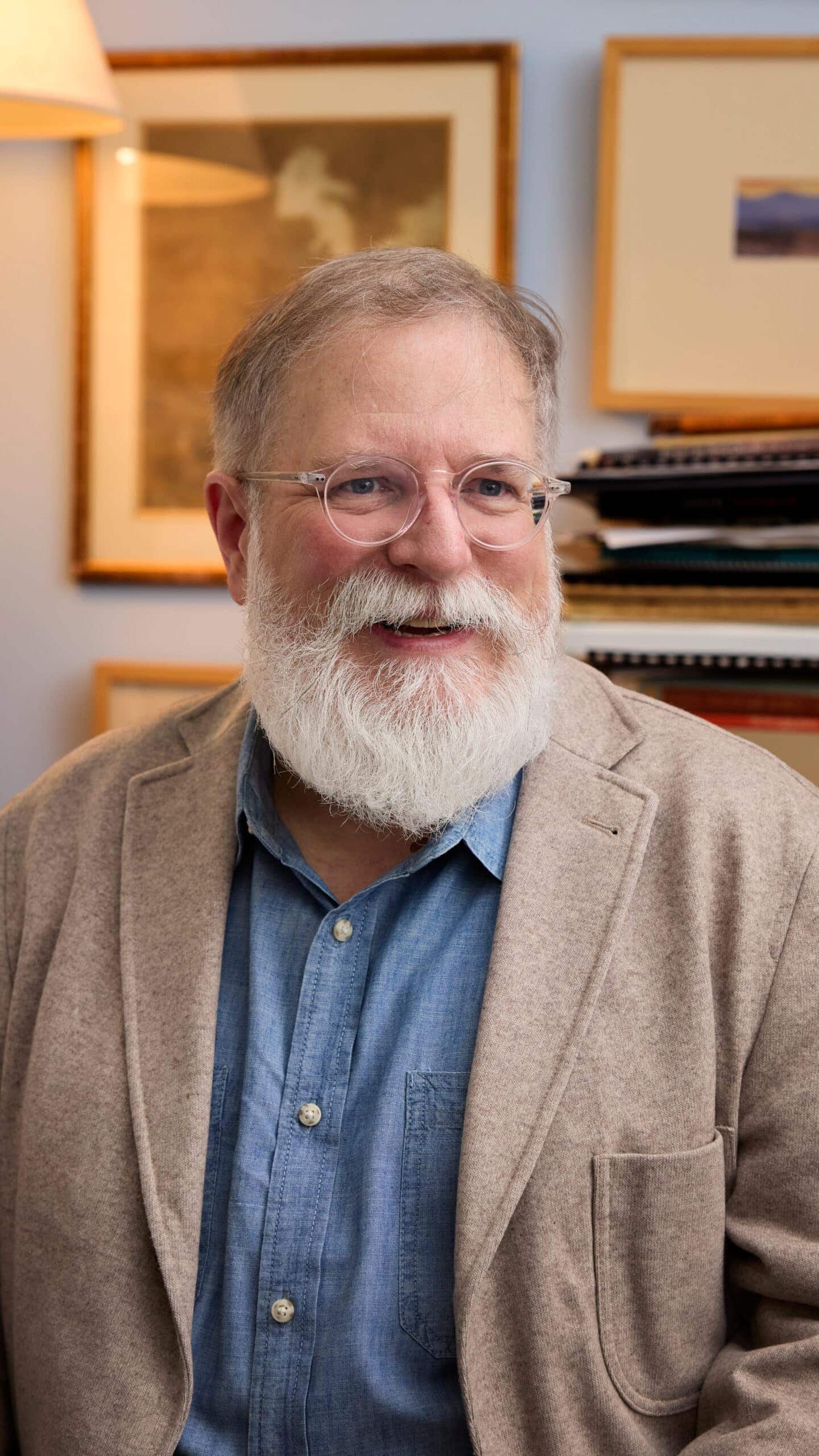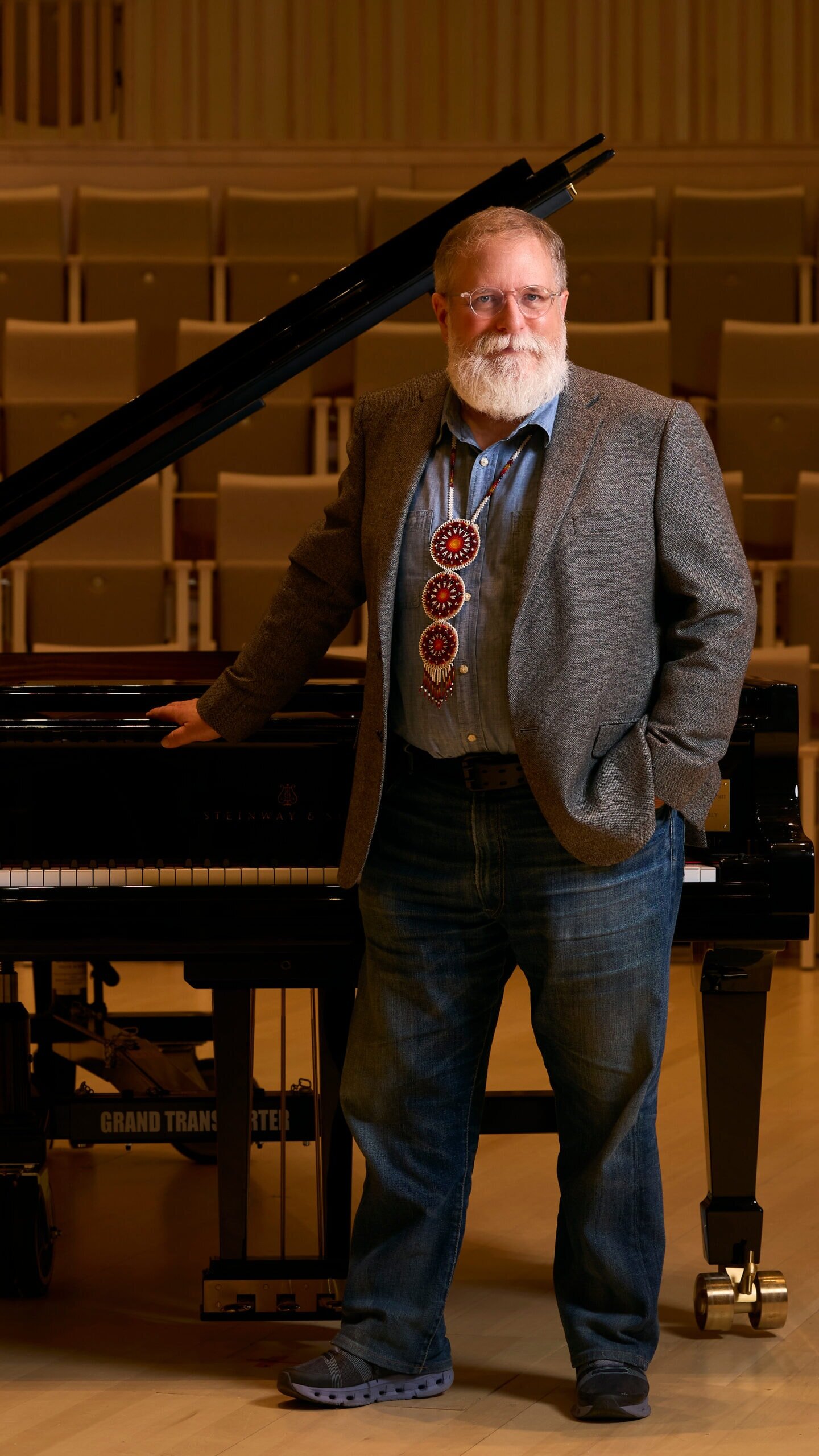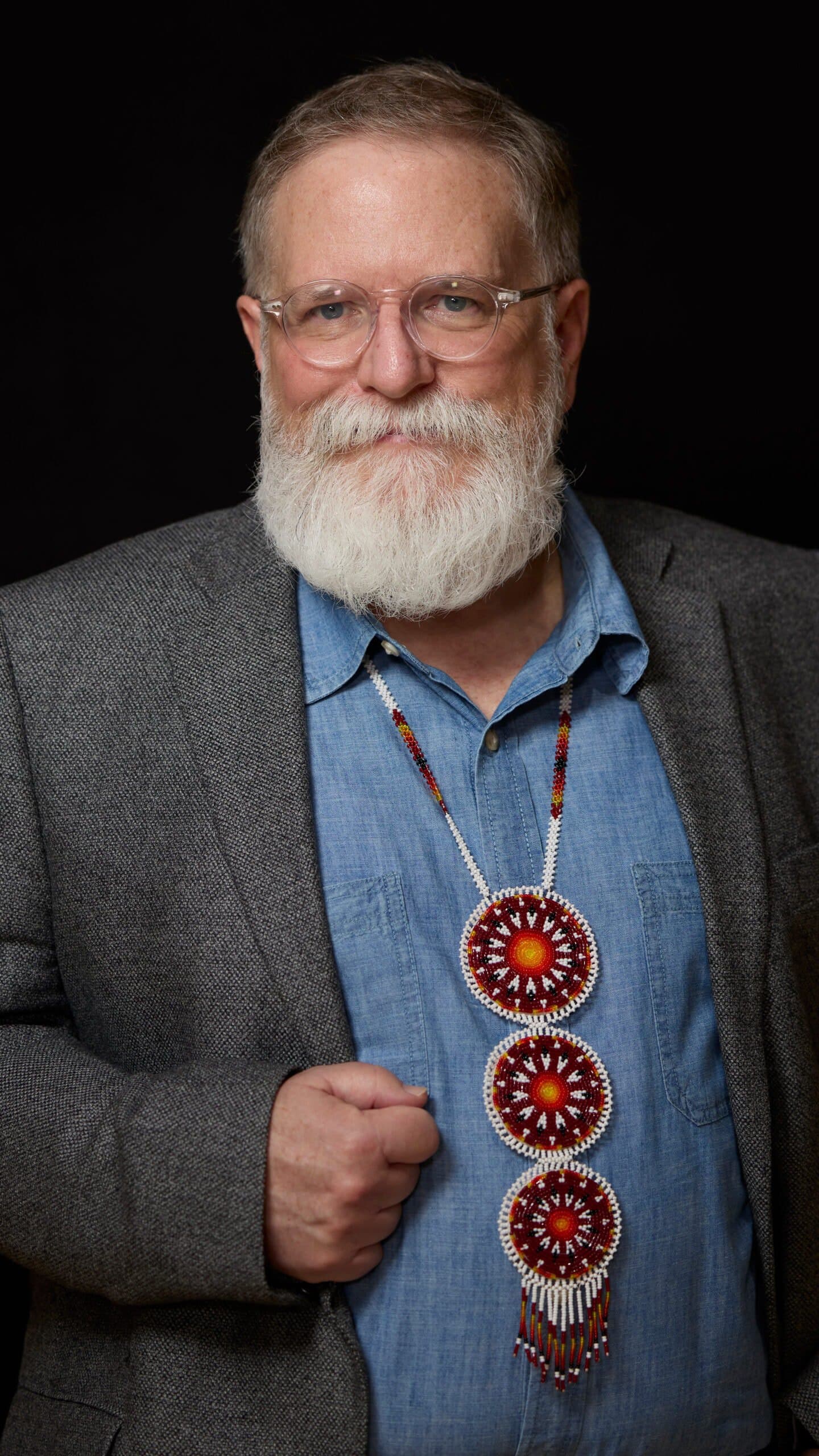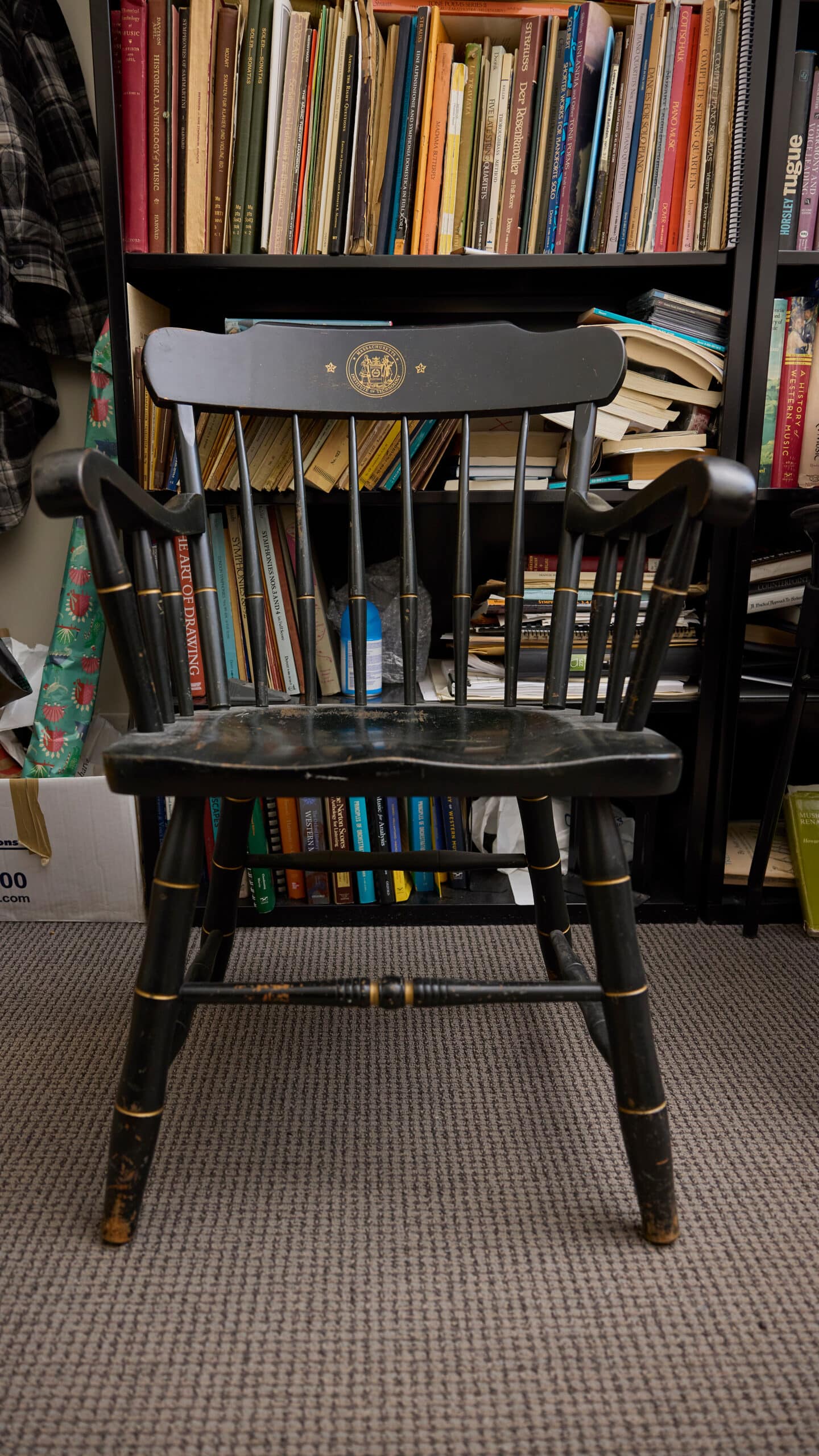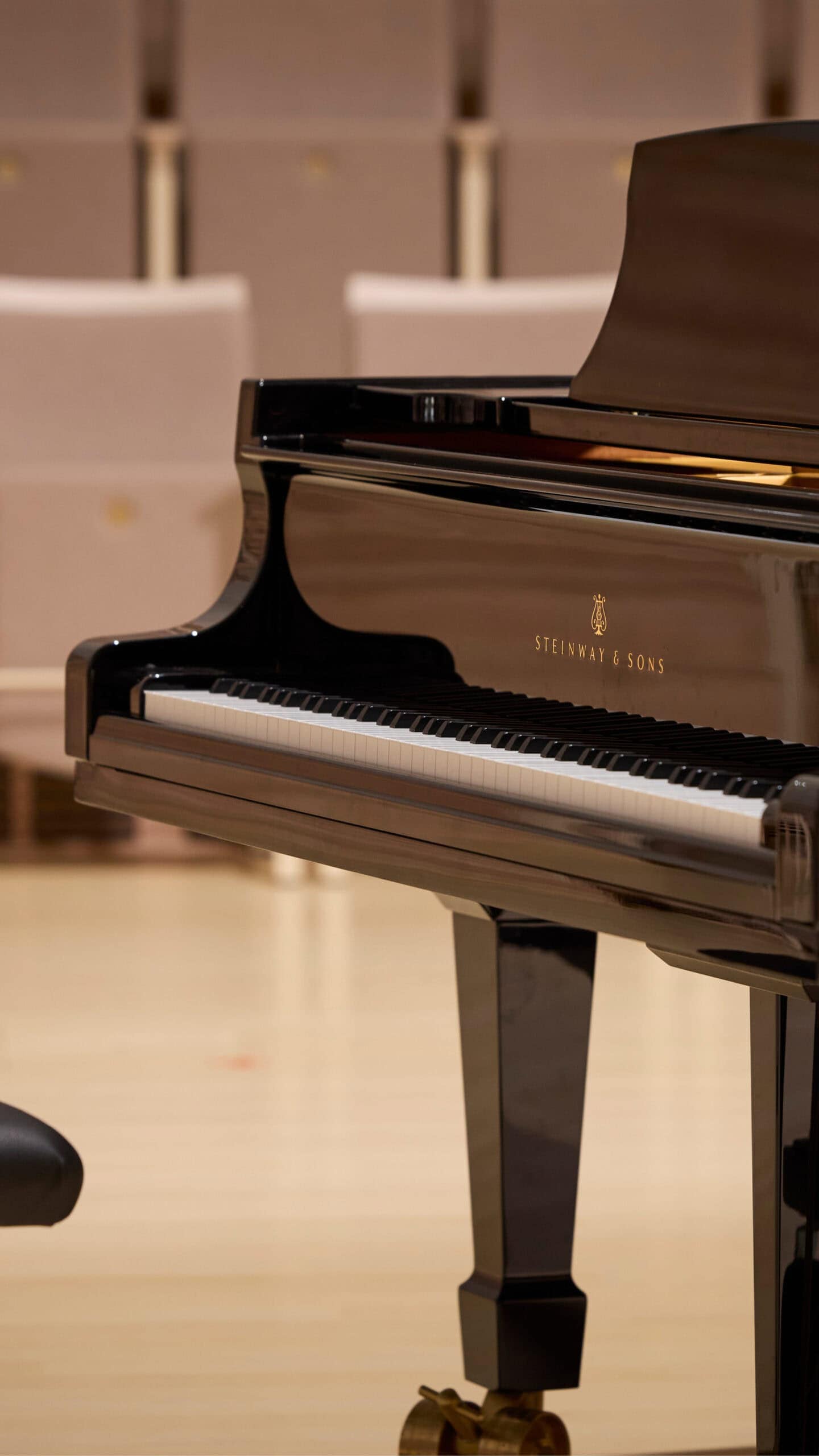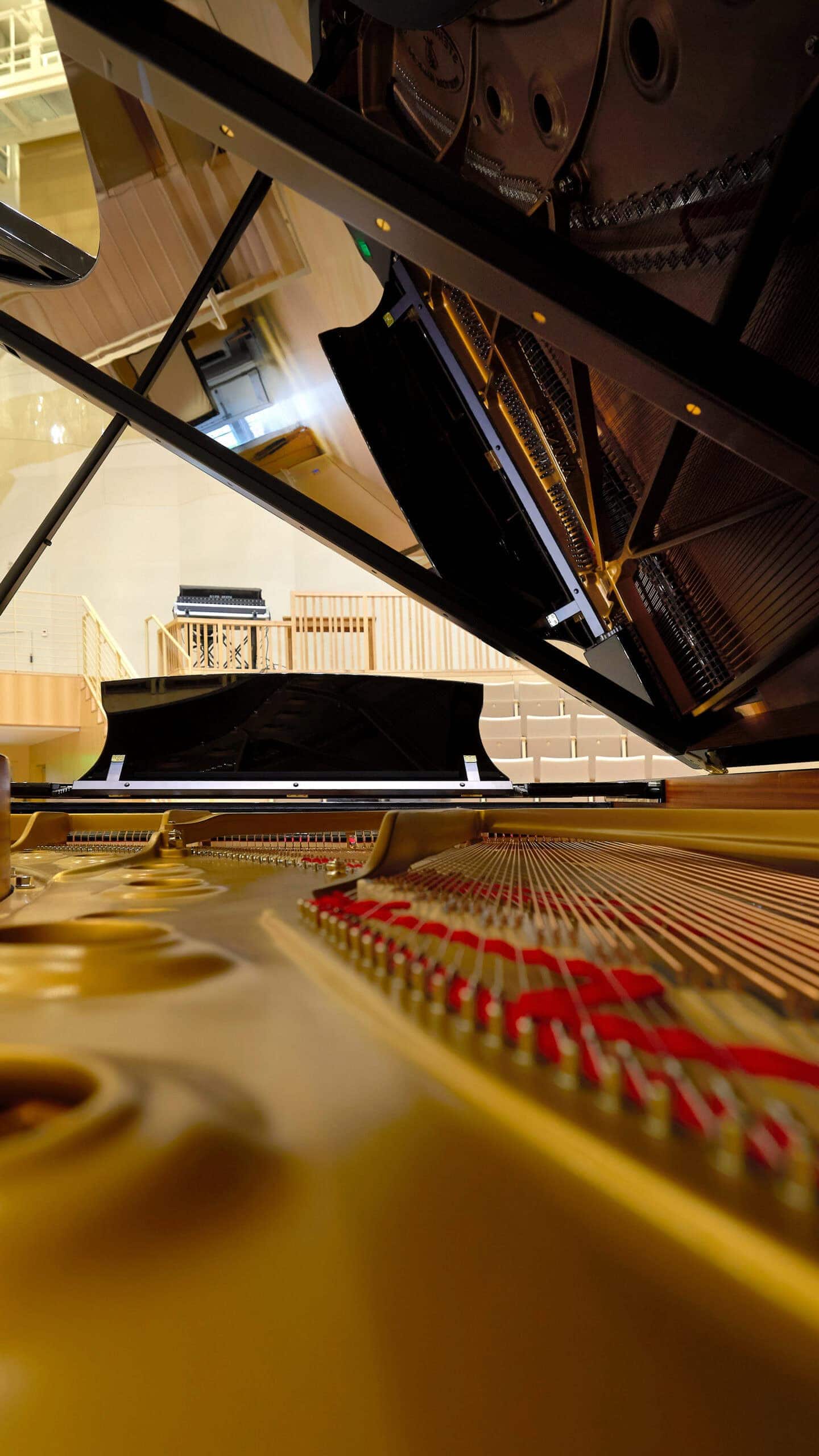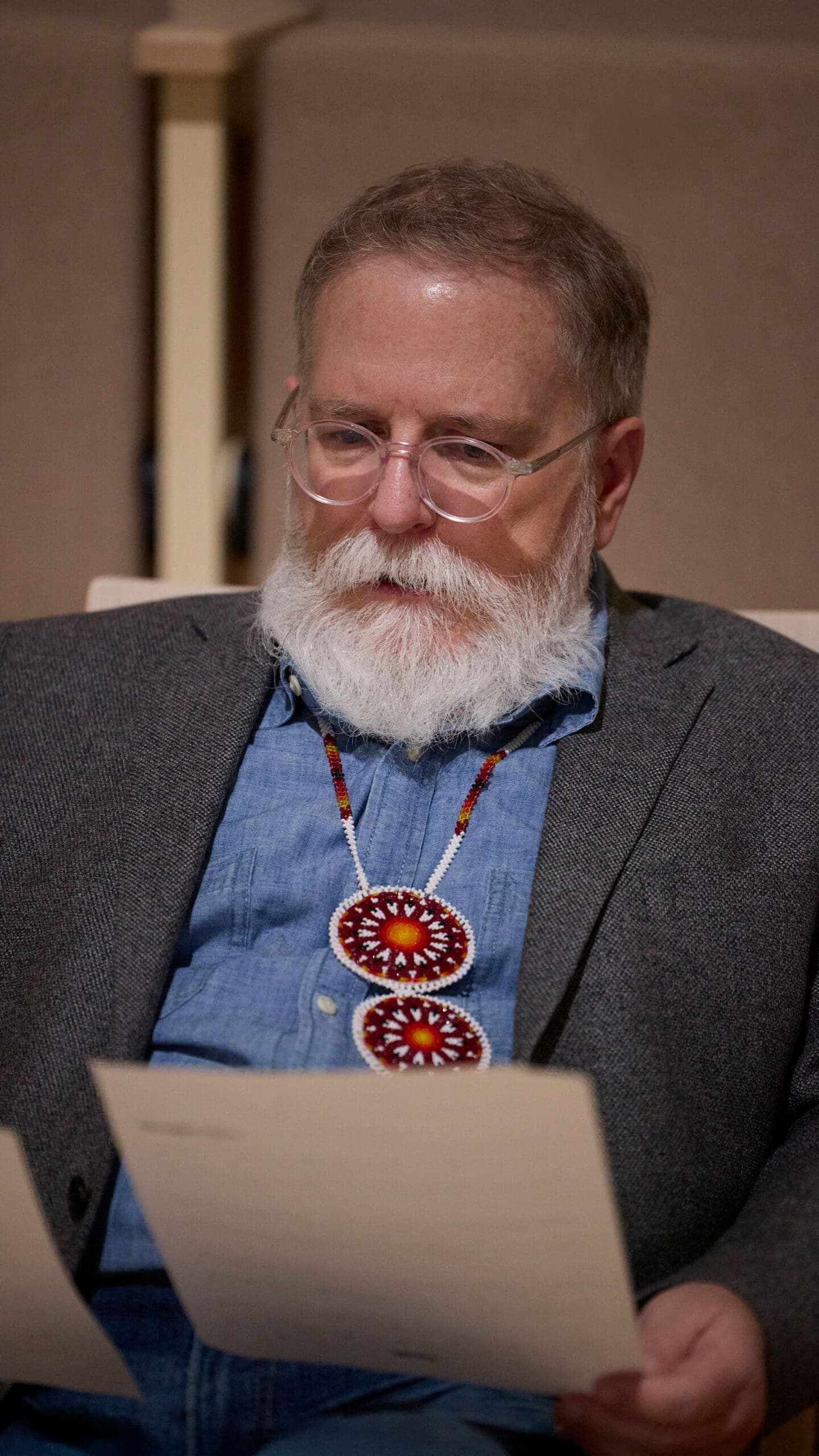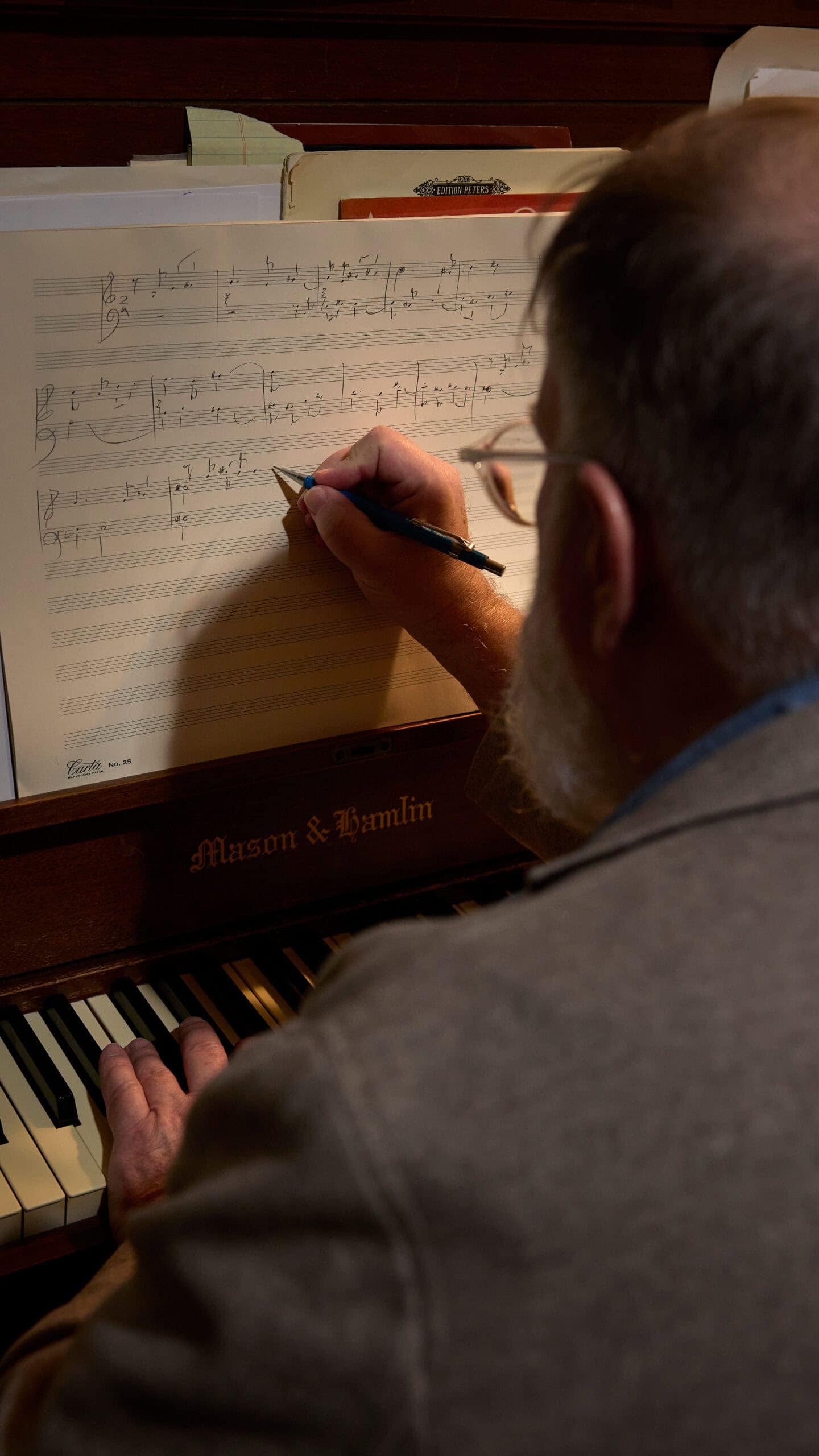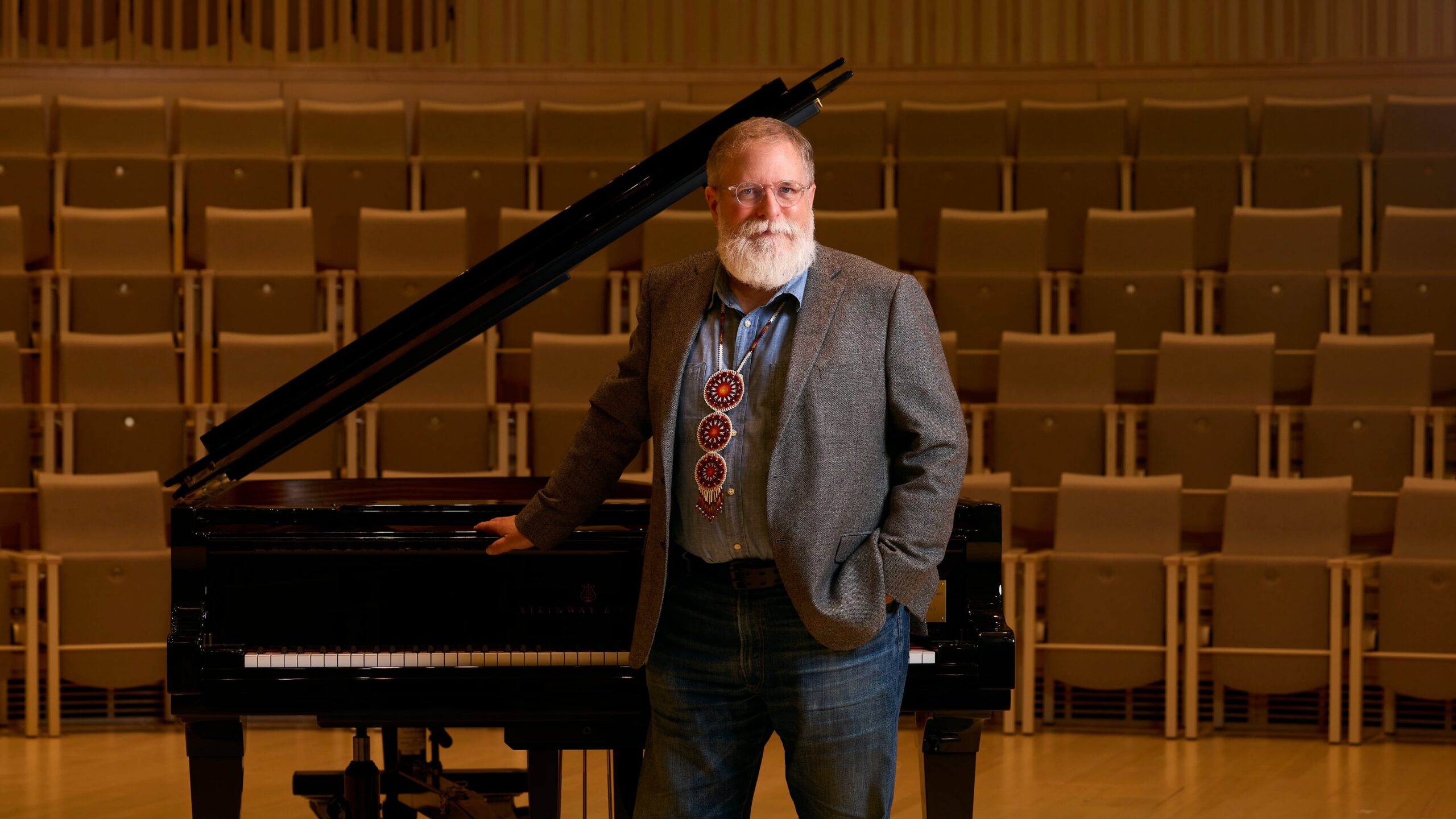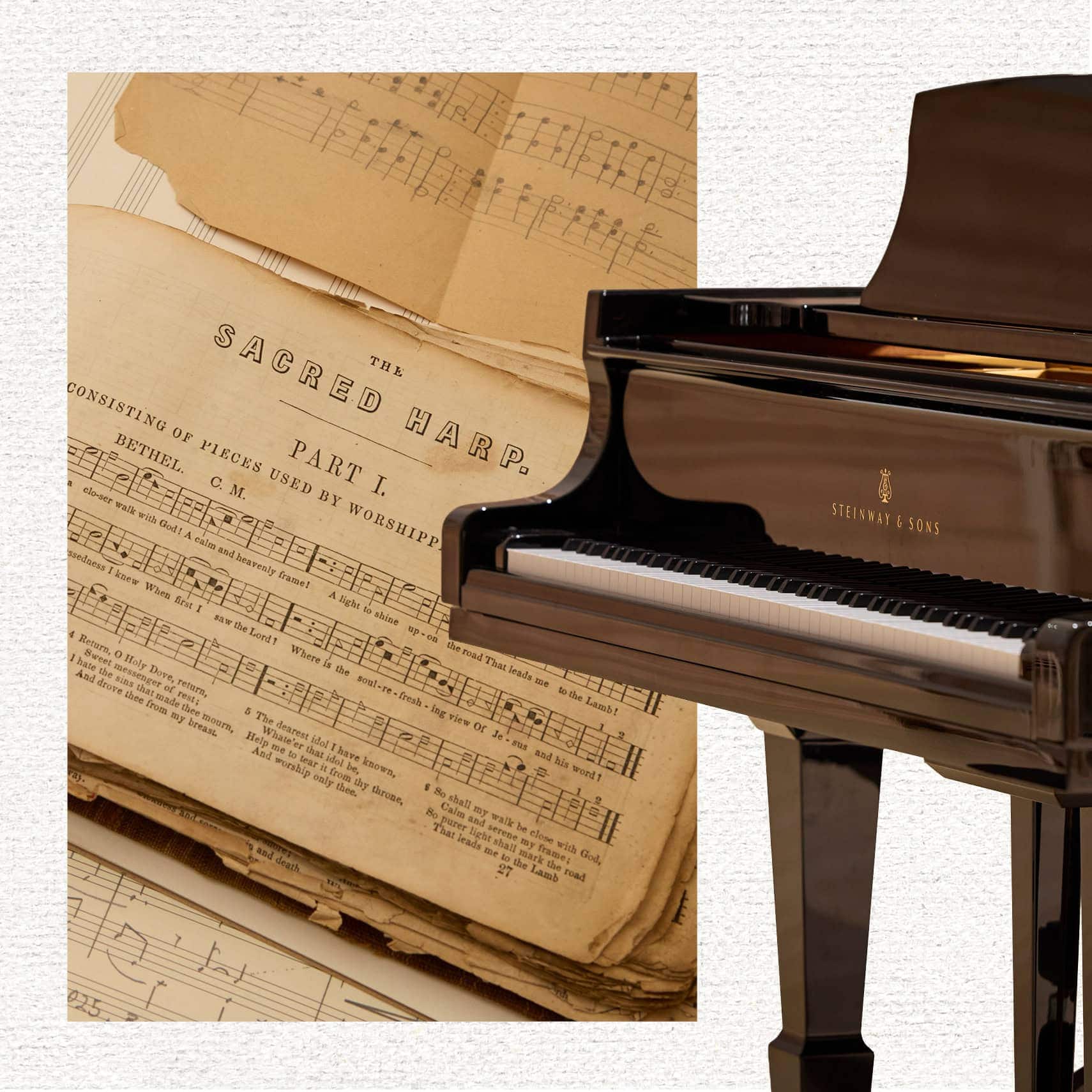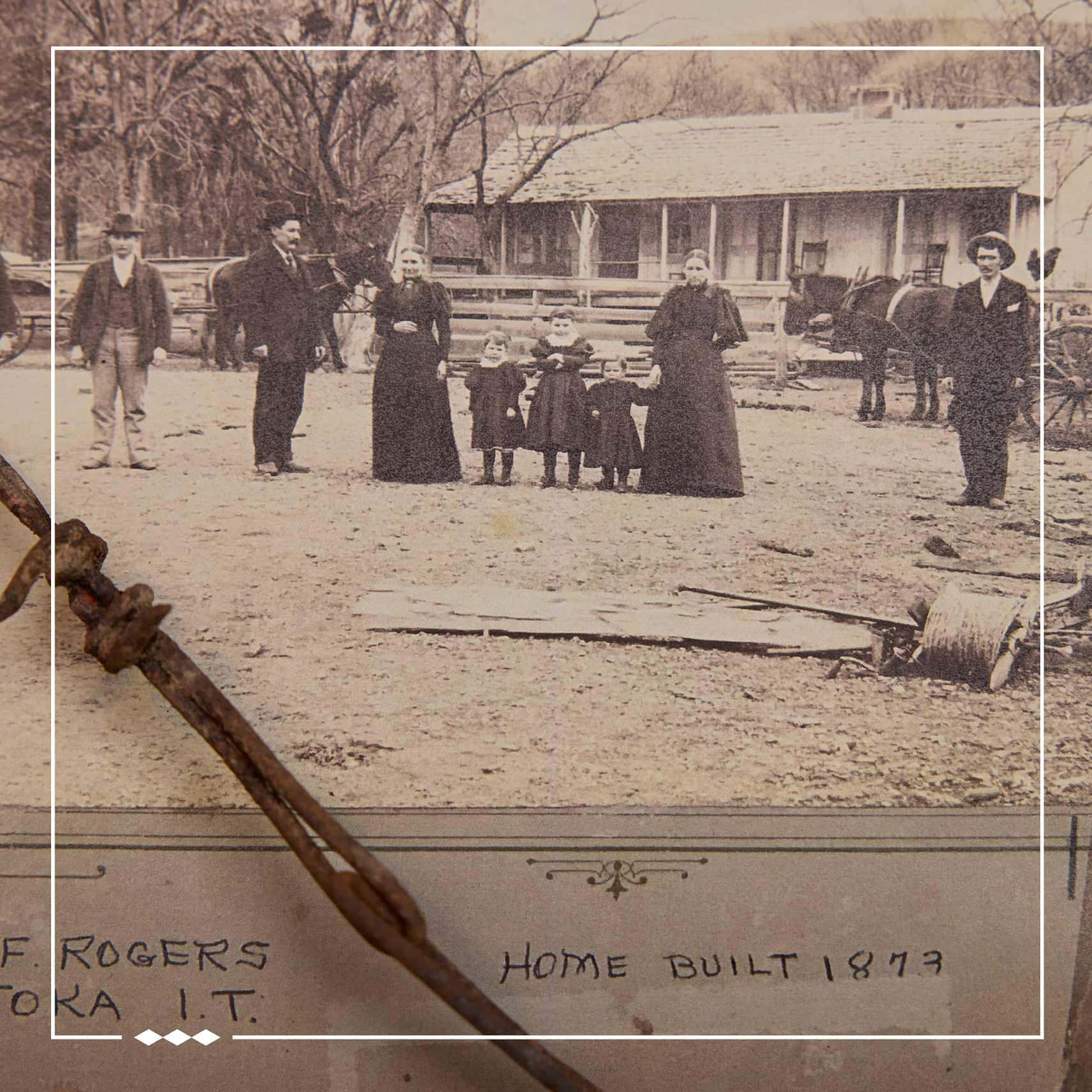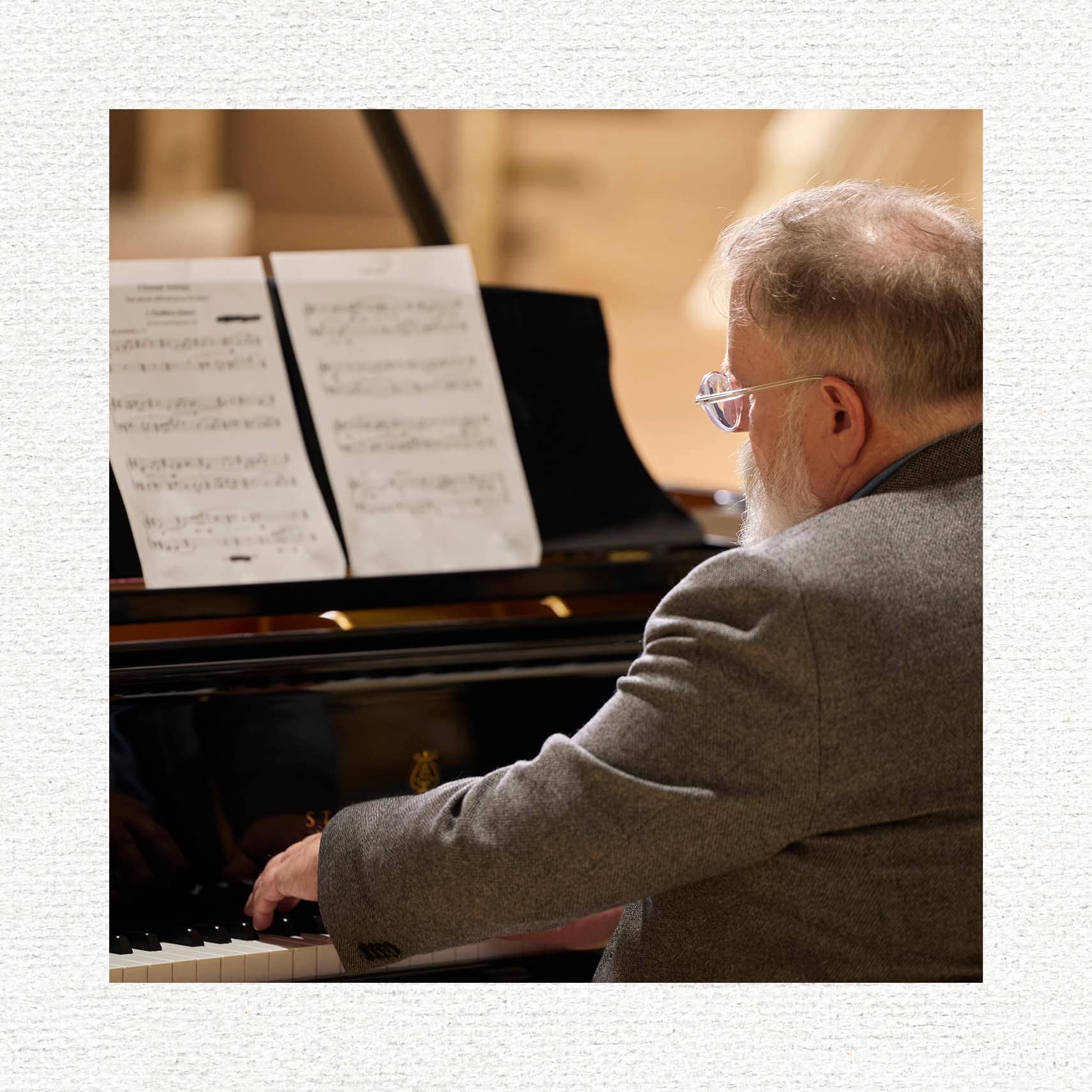Charles Shadle is a composer and Senior Lecturer in Music at the Massachusetts Institute of Technology (MIT), where he has taught since 1991. A proud member of the Choctaw Nation, he was born in Ardmore, Oklahoma, and grew up in and around what is now the Choctaw Nation Reservation. His Oklahoma roots have always been central to his identity, and they inspire the music he creates.
From an early age, Shadle was influenced by music. Family gatherings often featured piano playing, and by the age of six he began piano lessons himself. Music was not only a pastime but part of his family’s legacy. At age eleven, his Choctaw great-aunt entrusted him with a remarkable heirloom: a fragile hymnal of shape-note music called The Sacred Harp. This book had traveled with his ancestors on the Trail of Tears, passed down from generation to generation. For Shadle, inheriting the hymnal was both a gift and a responsibility. It impressed upon him that music was not merely sound, but a vessel of memory, resilience, and cultural survival.
“It seems to have gone to the person in each generation for whom music was most important,” Charles recalled. “And I’ve always thought it was an incredibly important part of my story as a musician that this book was the thing that an ancestor decided was important to pack up and take on the Trail of Tears.”
This understanding shaped his path as a composer. By the time he received the hymnal, Shadle had already begun writing music, following a tradition that stretched back through his family. His great-grandmother published song texts in the early 20th century, and other relatives left handwritten compositions in the hymnal itself. This sense of continuity—linking generations through music—convinced Shadle that composition was his calling. He pursued formal studies, excelling in piano, flute, and viola, and ultimately chose to study composition at the university level.
Shadle’s career as a composer spans more than fifty years. His early works often evoked the Oklahoma landscapes of his family ranch, north of Atoka. Over time, however, he came to understand that his truest voice was inseparable from his Choctaw identity. His music began to weave together Oklahoma’s geography, family history, and the cultural experiences of the Choctaw people. He thinks of music as a way for the past, present, and future to coexist—an art form capable of carrying forward and healing the profound trauma of history.
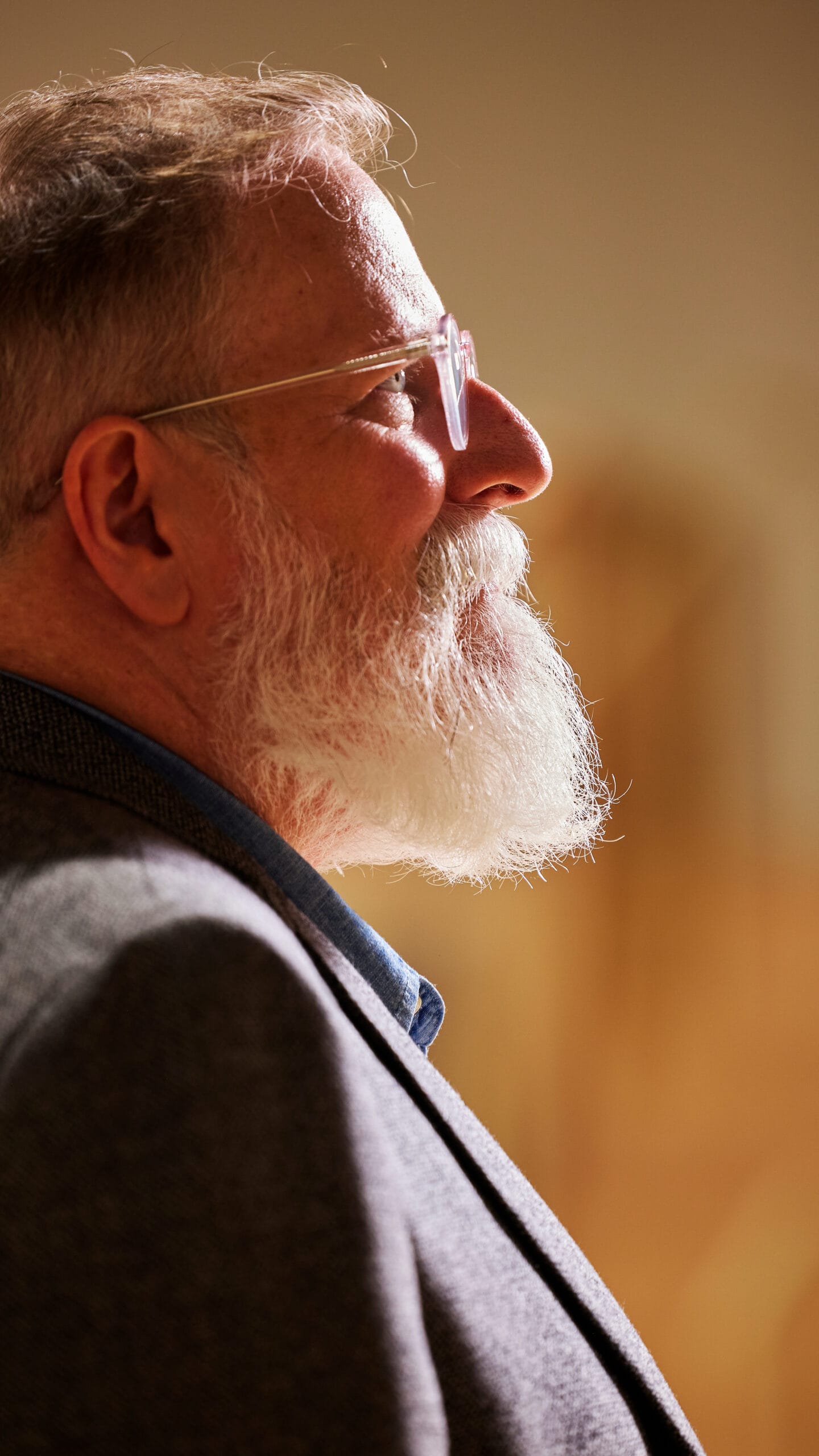
“Music is very important, right? It’s not a tangible thing, but it’s something that we carry with us, and something that we use to kind of remake our world,” said Charles.
“I think my music engages with that Choctaw past,” he said. “We don’t ignore what’s happened to us, right? It’s part of who we are. But it also doesn’t define us.”
His compositions frequently incorporate traditional Choctaw musical elements, such as the rhythms and tones of social dance and hymn traditions. Shadle reimagines them, creating works that feel both rooted in the culture and entirely new. One example is his piano cycle Choctaw Animals, written for musicians of all ages, including young Choctaw students. These pieces honor Choctaw stories and music while serving as an entry point for the next generation of artists. In doing so, Shadle models the belief that Choctaw voices deserve a place in the global artistic conversation and that Native youth can aspire to become composers, writers, and creators.
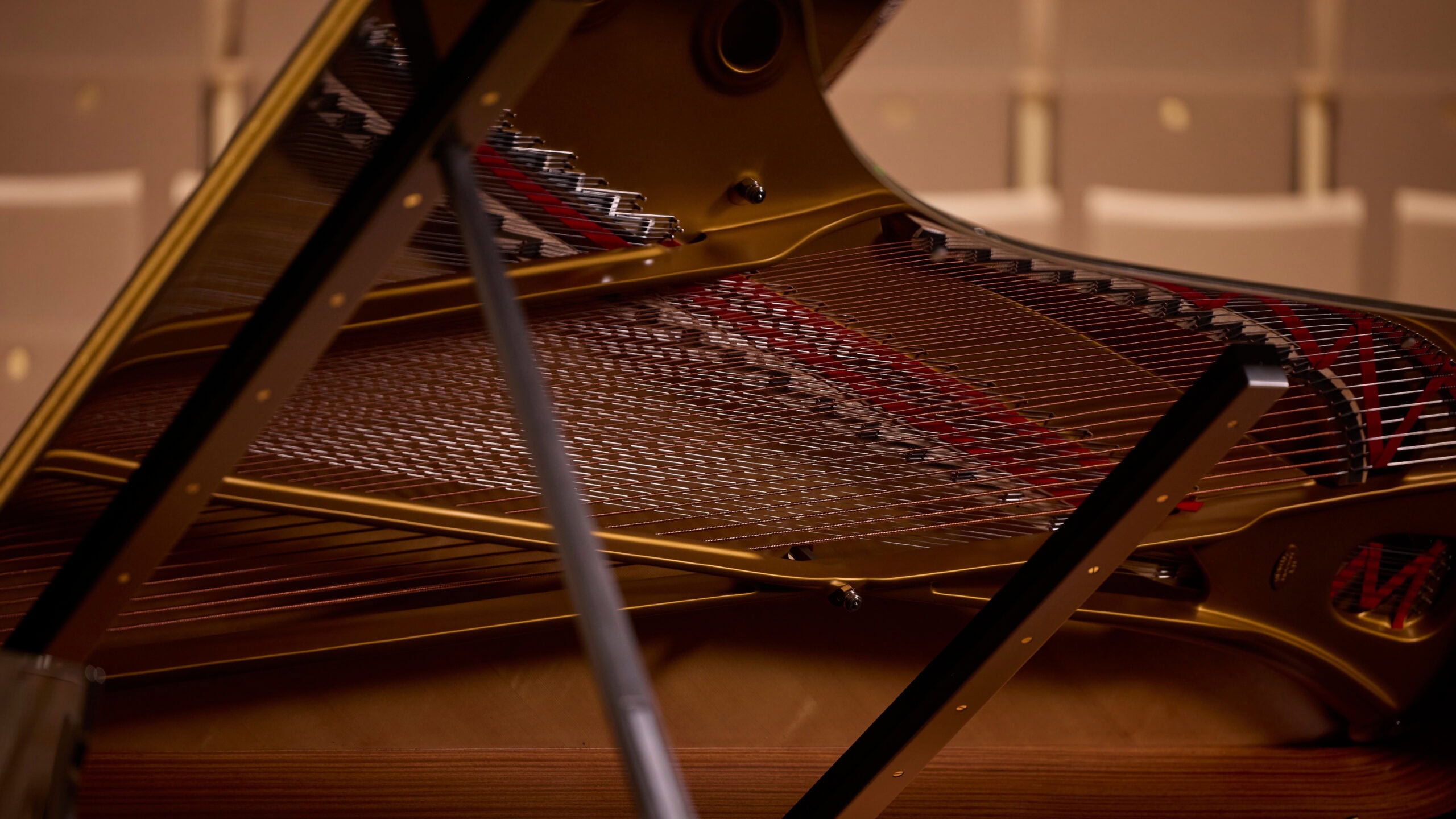
Alongside his creative output, Shadle has built a distinguished teaching career at MIT. Beginning as a graduate student hired to teach keyboard harmony, he steadily expanded his role, eventually becoming Senior Lecturer. He now teaches advanced courses in composition, music theory, and history. For Shadle, teaching is both a joy and a responsibility.
“I get so much energy from teaching,” he said. “There’s something so refreshing and so important about sharing the craft, sharing the art, sharing knowledge with my students.”
He emphasizes listening to students as much as instructing them, encouraging each to find their own voice.
“Art is about communicating ideas and feelings and emotions and shadows of experience to other people,” said Charles.
For Shadle, to be a Choctaw composer is to carry forward a tradition of resilience. He views art as a responsibility to the community, a way of honoring the past while shaping a hopeful future. Whether writing symphonies for professional performers or crafting accessible works for children, he seeks to affirm that Choctaw culture is alive, dynamic, and essential to the wider world. His music, like the hymnal carried on the Trail of Tears, is both a reminder of where the Choctaw people have been and a vision of where they are going.
His music is available on major music streaming platforms like Spotify, Apple Music, Amazon Music, and Sound Cloud. A new album “Choctaw Places: Chamber Music of Charles Shadle” was released on August 15, 2025 on the Lorelt label. A number of recent works have been published by Abstraction Boston Publishers. His widely performed “Choctaw Animals” can be downloaded free of charge.




